A striking 1671 bird's-eye view of Angra on Terceira in the Azores, titled Angra op Tercera, created by John Ogilby and based on a view published in Jan Huygen van Linschoten's Itinerario.
This captivating map was first reproduced by Johann Theodore de Bry in 1601 to illustrate Van Linschoten's travels in De Bry's Minor Voyages. The Azores were discovered in 1439 by Prince Henry the Navigator and subsequently colonized by the Portuguese. Their strategic location played a crucial role in the expansion of the Portuguese empire, serving as an essential port of call for Portuguese vessels traveling to South America, Africa, and the Orient.
The detailed plan carefully records the layout and fortification of the city, as well as the abundant farmland. The map pays particular attention to the placement and fortification of the harbor, a vital asset for the island along this trade route. Situated between a shallow sandy outcrop and the fort of San Sabastian, the harbor is well protected from both treacherous weather and invading ships. This view appeared in John Ogilby's America: Being the Latest, and Most Accurate Description of the New World, published in London in 1671. Ogilby drew heavily from the work of Arnoldus Montanus but added a significant amount of new material. This map offers valuable insight into the geography and history of the Azores and is a remarkable addition to any collection of antique maps or materials related to maritime trade and exploration.
John Ogilby (1600-1676) was an English geographer and publisher, one of the most prominent of the seventeenth century. Little is known of his early life but by 1619 he was apprenticed to John Draper, a dancing-master in London. He worked as a dancing-master, courtier, and theater owner form 1620-1641. From 1649 he worked as a poet, translator, and publisher of classical texts. It is only in the last decade of his life that he entered into geography.
In 1649, Ogilby published his first translation, of Virgil, and continued to put out translations in the 1650s and 1660s. In March 1661 he was reconfirmed as master of revels in Ireland and appointed master of the king’s imprimeries, or king’s printer. From 1662 to 1665 he was in Ireland, where he most likely met Robert Boyle. He returned to London only to lose much of his printing stock in the Great Fire of 1666. Post-fire, he became assistant surveyor to the city, where he met Robert Hooke and Christopher Wren.
In 1669, Ogilby published Embassy to China. At the same time, he planned to release atlases that would cover the entire world. These atlases would be funded via subscriptions, advertisements, and lotteries—all common practice at the time, especially for expensive multi-volume works. He released Africa and Atlas Japannensis in 1670, America in 1671 and Atlas Chinensis in 1671, and Asia in 1673. Ogilby compiled the works based on materials produced by others and they reflect a growing interest in the wider world within England.
In 1671, while producing the atlases, Ogilby secured another royal title, that of his Majesty’s cosmographer. He used this title when publishing Britannia in 1675, his best-known work. The Britannia is best described as a road atlas; it shows 2519 miles of road in 100 strip maps. This technique would be widely adopted in the subsequent century. His method of measuring with a waywiser, a large wheel, also helped to standardize the distance of the English mile at 1760 yards. The Britannia was a major achievement in early English cartography and was republished in 1698, 1719, and 1720.









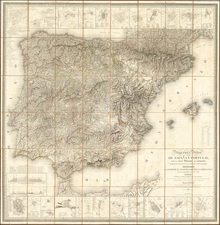
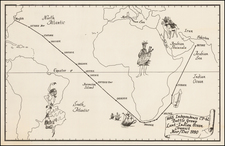
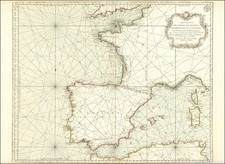
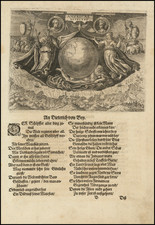
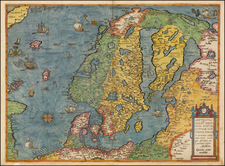
![[Angra - Madera - Porto Santo - Sao Miguel] Pascaarte vande Eijlanden van Madera en Port Sancto, vertoonende degelegentheijt vande Reede aldaer en hoese van malcanderen zijn gheleghen . . .](https://storage.googleapis.com/raremaps/img/small/62128.jpg)